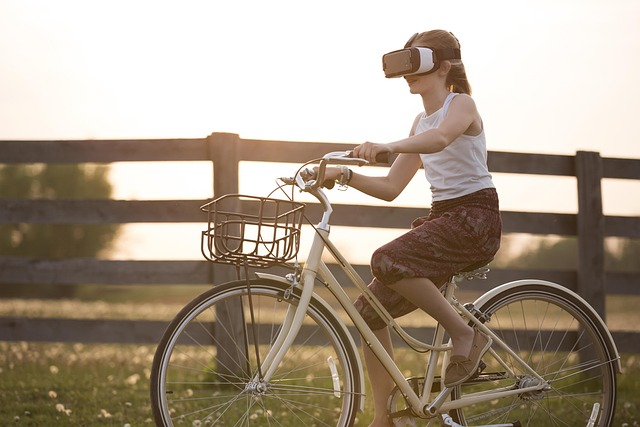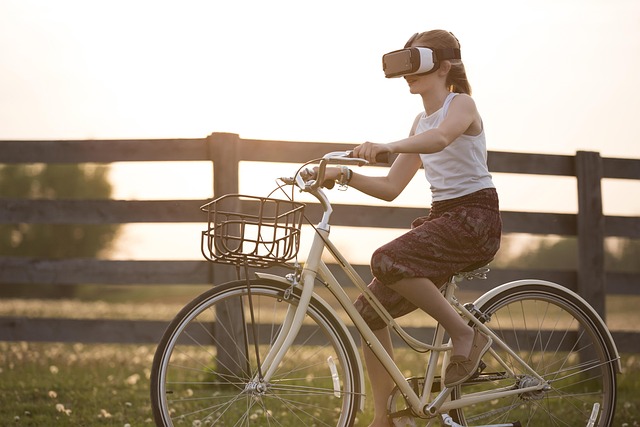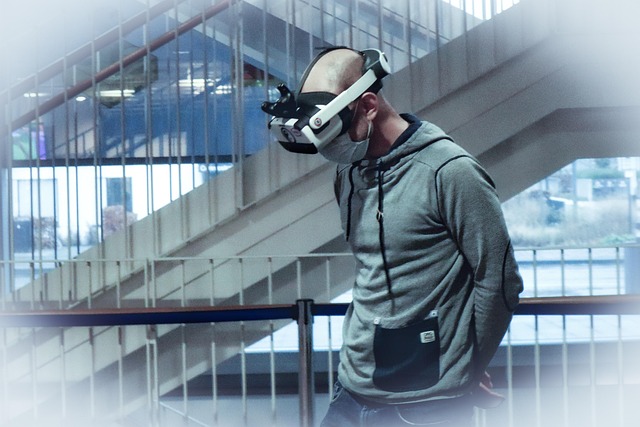Embracing the Future of Fashion with Virtual Fitting Rooms
In the vibrant world of fashion, where trends change at lightning speed, innovation is the heartbeat of the industry. One of the most groundbreaking advancements captivating fashion enthusiasts and businesses alike is the rise of virtual fitting rooms. These immersive experiences are not just about trying on clothes—they represent a revolution in how we interact with fashion, blending the lines between physical and digital realms through virtual reality (VR) and augmented reality (AR).
The Magic of Virtual Reality in Fashion
Imagine stepping into a fully 3D-rendered virtual store, where you can explore collections as if you were physically browsing through racks of clothes. With VR, this fantasy becomes a reality, providing an entirely new shopping experience. Virtual fitting rooms allow consumers to try on outfits without stepping foot in a traditional store. The immersive nature of VR makes you feel like you’re wearing the garment, providing a more authentic sense of fit and style. This means no more guessing sizes or worrying about how a piece will look on you—it’s all about experiencing it firsthand, from the comfort of your own home.
Augmented Reality: Blending Reality with Imagination
On the other hand, augmented reality takes the experience a step further by overlaying digital images onto the real world. Imagine using your smartphone or AR glasses to see how a dress would look on you in real-time, as you stand in your living room. This instantaneous feedback empowers you to make quicker and more informed fashion choices. With AR, you can visualize how different sizes, colors, and styles will look on your natural body, dramatically enhancing the shopping experience.
Entering the Metaversum
The advent of the metaversum further integrates these technologies, creating a social space where fashion enthusiasts can connect, collaborate, and explore. Virtual fitting rooms within the metaverse don’t just offer personalized experiences; they also provide social interaction. You can invite friends to join your fitting session, share opinions, and even shop together in this alternate reality. This social dimension elevates the shopping experience, creating a sense of community amongst users who are passionate about fashion.
Access and Inclusivity
One of the most exciting aspects of virtual fitting rooms is their potential to promote accessibility and inclusivity in fashion. Traditionally, many people have face challenges in finding clothing that fits well or suits their personal style. With virtual fitting technology, brands can cater to a broader audience, presenting a diverse range of body types and aesthetics in their virtual storefronts. This inclusivity nurtures a sense of belonging, where everyone can explore fashion without the constraints of traditional retail environments.
Challenges and the Future
Despite the thrill of adoption, challenges remain. Technical limitations, the need for better hardware, and concerns about data privacy must be addressed to propel the usage of virtual fitting rooms forward. However, as technology evolves, so do the possibilities. Fashion brands have a unique chance to leverage these technologies to create innovative solutions that not only enhance consumer experience but also promote sustainability in an industry notorious for waste.
As we stand on the cusp of this exciting new horizon, it is clear that virtual fitting rooms are here to stay. By merging virtual reality, augmented reality, and the concept of the metaversum, we are not just changing the way we shop; we are transforming our relationship with fashion itself.




